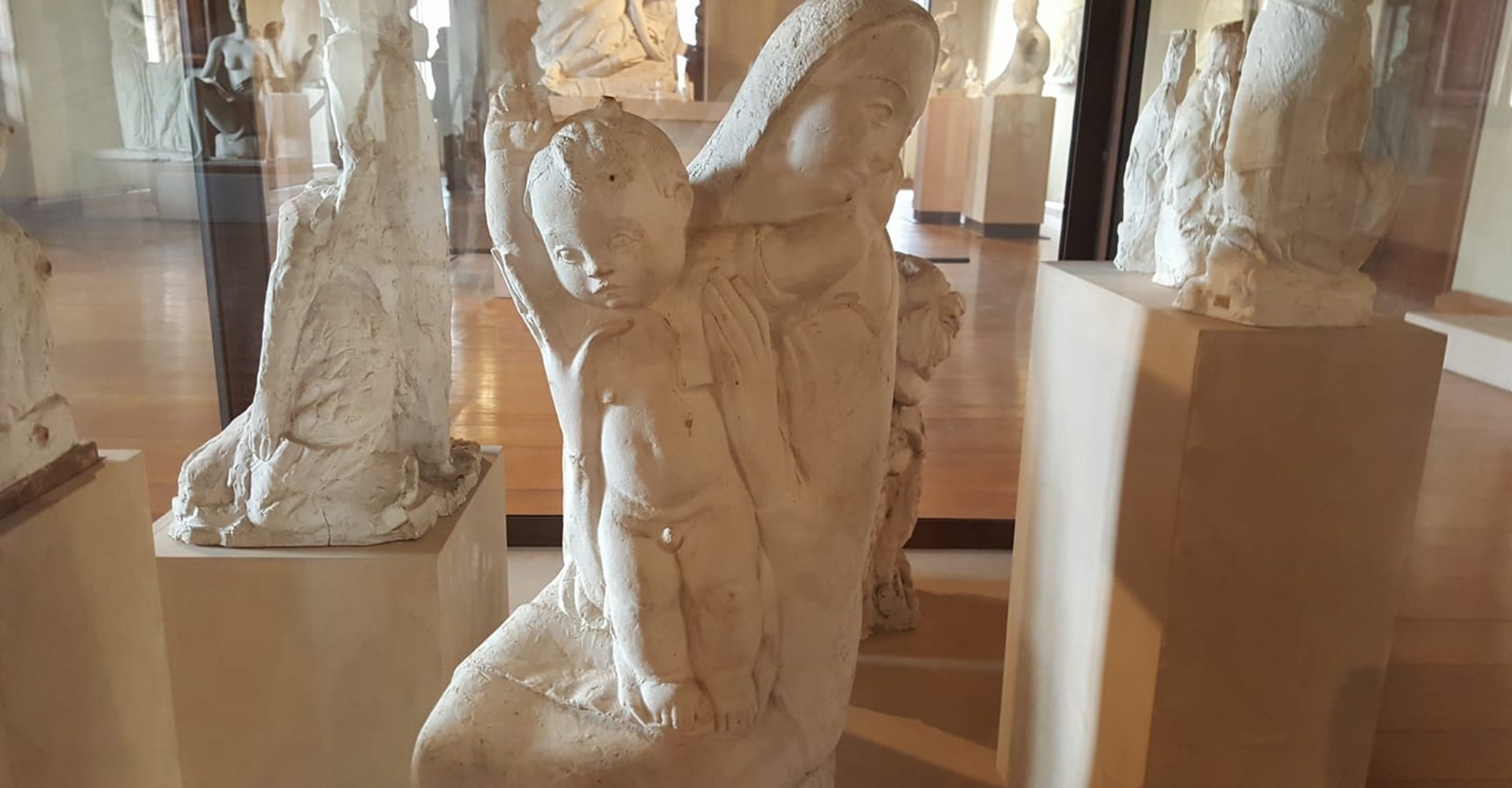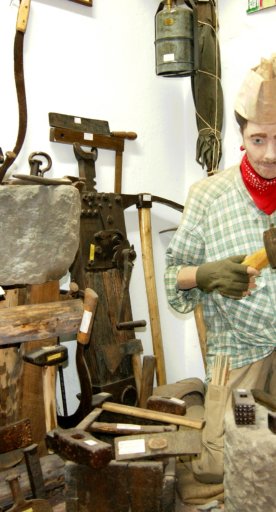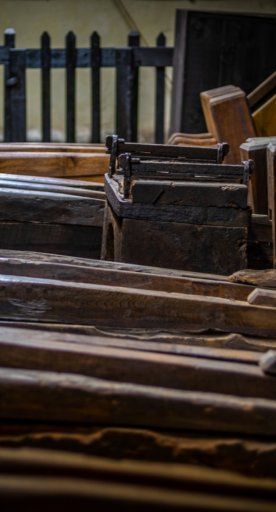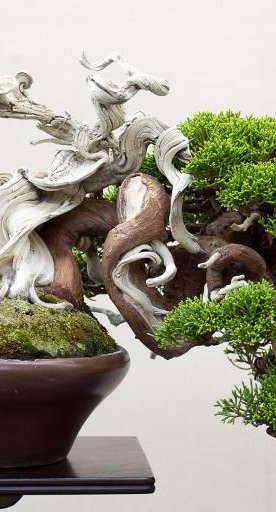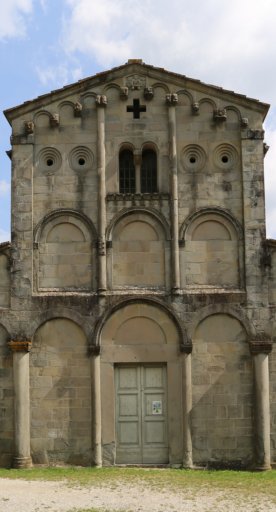The Libero Andreotti Plaster Cast Gallery
The city of Pescia pays tribute to the sculptor with a collection of works by the artist
Libero Andreotti, considered by modern critics to be the greatest Italian sculptor of the early 20th century, was born in Pescia in 1875. His sculptural and pictorial works are in public and private collections around the world.
The city of Pescia in 1992 wished to celebrate its illustrious citizen with a museum that offers an itinerary through what was the production of plaster casts, made to be later translated into works in bronze and marble. Forms of a traditional beauty, which, while influenced by an academic approach, are rendered with a profound naturalness, which dominates the broad exemplification of the subjects explored by the artist, creating a sort of common thread between torment and joy, between toil and enjoyment.
The ground floor of the museum houses the monumental production, while the second floor contains works that are strongly significant in their formal rendering, including "Le nouveau né", where two hands support a newborn child, a stage in a domestic tale and a symbol of life, and the "Dancer with the Mask of Medusa", a synthesis of a movement that does not exaggerate forms. The Plaster Cast Gallery is housed in the Palagio, the ancient seat of the Podestà, whose first nucleus, dating from the 13th century, underwent a whole series of modifications between the 17th and 20th centuries, after a 14th-century reconstruction, to make it consonant with its changed uses. These transformations have been remedied by restoration work prior to the museum display.
Accessibility information: regione.toscana.it
